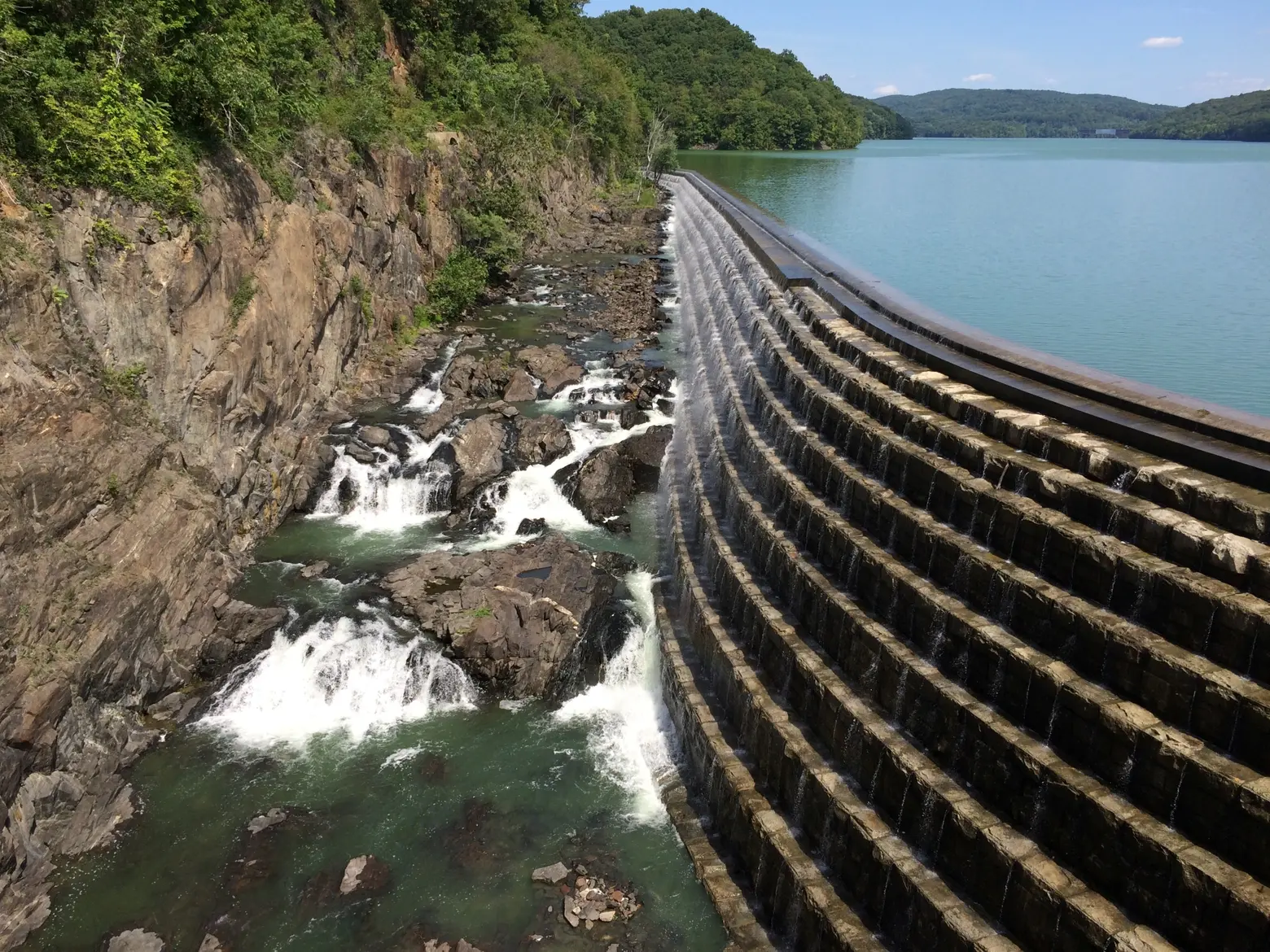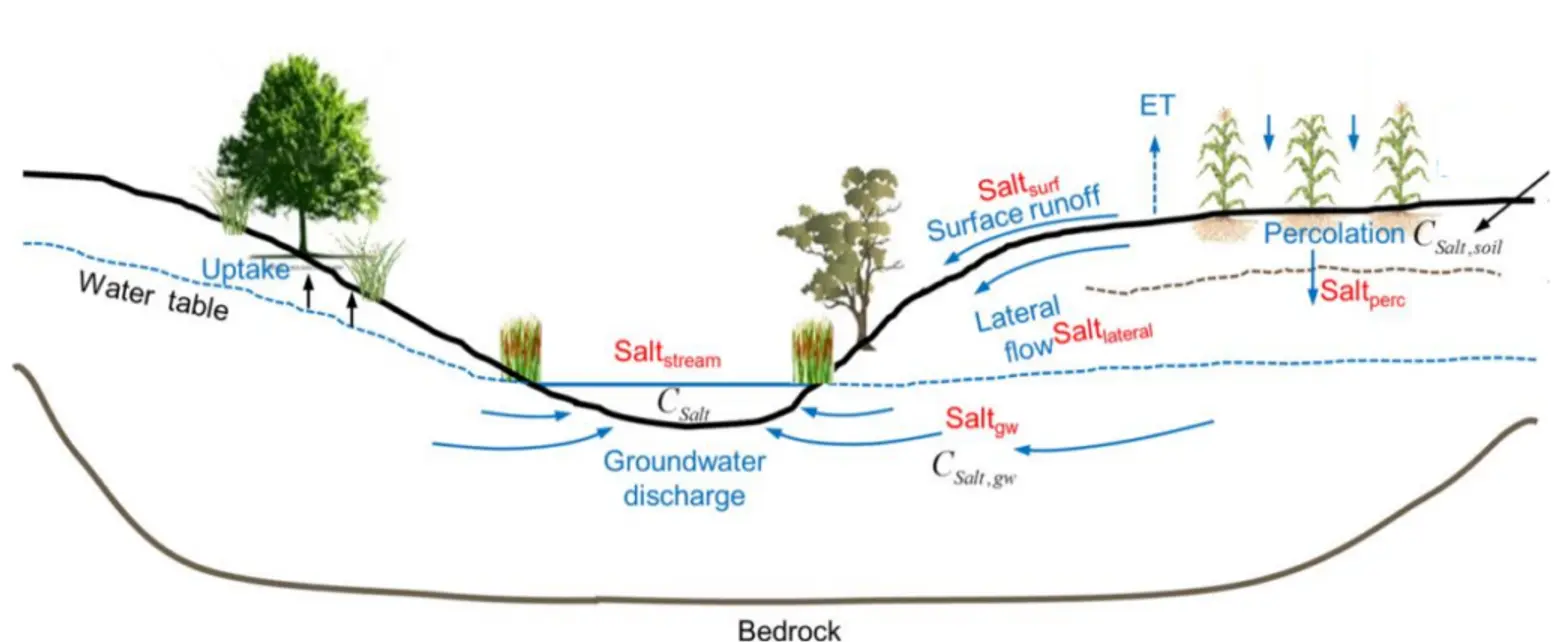Rising salt levels threaten NYC’s water supply

New York City’s cherished tap water may taste saltier in the future. A study released by the Department of Environmental Protection (DEP) on Friday found that the salinity levels in the Croton reservoir system, which provides 10 percent of the city’s water supply, have tripled over the past 30 years because of road salt runoff. If this trend continues unchecked, salinity levels are projected to exceed the state’s maximum allowable limits by 2108, potentially forcing the city to abandon the reservoir.

The study, called the “Salinity Management Assessment,” analyzed nearly 33 years of data from 1987 through 2019 and found steadily rising salinity levels in all 12 reservoirs and three controlled lakes within the Croton System. This system, the oldest and smallest of the city’s reservoir networks, supplies roughly 10 percent of the city’s water.
All of the system’s reservoirs and lakes, found across Westchester and Putnam Counties, feed into the New Croton Reservoir, situated about 22 miles north of the city. If salinity levels continue to rise at the current rate, the reservoir will reach the state’s maximum chloride contaminant level by 2108, according to the study.
High salinity levels in freshwater supplies can negatively impact human health, contributing to conditions like high blood pressure and hypertension. Additionally, it can significantly harm watershed biodiversity and ecosystems by lowering water quality. It would also affect the taste of the city’s renowned high-quality drinking water.
The study attributes the high salinity levels to the winter de-icing of roads and parking lots, wastewater treatment plant discharges, and private water softening systems. Water filtration plants are unable to remove salt from water, which can only be achieved through a high-energy, expensive process known as reverse osmosis, according to the Associated Press.
City officials believe that reducing the use of road salt locally is the best solution. This could involve persuading state and local road crews to adopt salt alternatives, installing sensors on plows to monitor road surface temperatures, or turning off applicators when plows make U-turns or K-turns, as reported by AP.
“Our study found a clear and troubling trend of increasing salinity in and around the Croton water supply region,” DEP Commissioner Rohit T. Aggarwala said. “As the nation’s largest municipal water supply system serving half of the state’s population with the gold standard in water quality, we must do everything possible to protect this most precious resource.”
“It is imperative that we work closely with state and local governments, and our environmental partners, to develop and implement policies to slow and hopefully stop this trend.”
The DEP found the city’s larger reservoirs in the Catskills have experienced only slight increases in salinity and still maintain relatively low chloride levels. This is expected as these areas have smaller populations, lower pavement densities, and fewer property parcels. The study also includes recommendations to help protect these reservoirs in the future.
The DEP also recommends that the state collaborate on developing best practices to reduce human contributions to rising salinity levels throughout the Croton system, expand research on specific sources, and raise public and stakeholder awareness about the impact of salinity on freshwater supplies.
“The problems identified in the Croton watershed are unfortunately common statewide, and we must use the stark findings in this report to address the issue statewide,” Tracy Brown, president of Riverkeeper, said.
“Now is the time for smarter use of road salt and the equipment upgrades that will protect our friends, family, and neighbors with high blood pressure, and those on low sodium diets, throughout New York.”
RELATED:




























